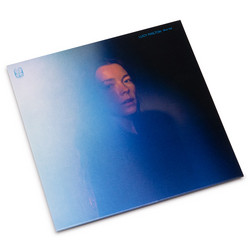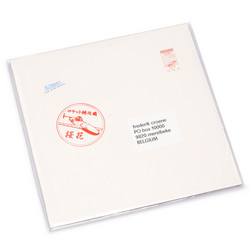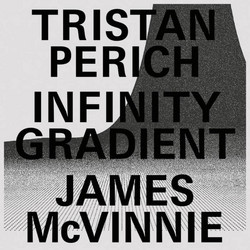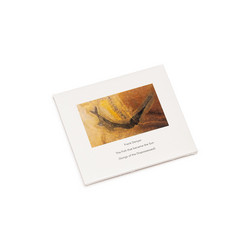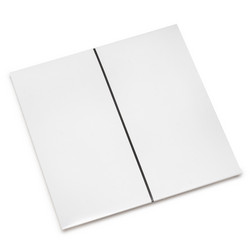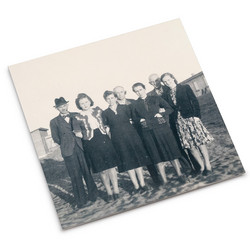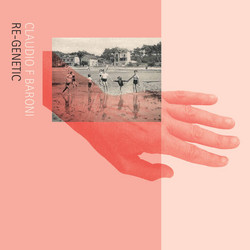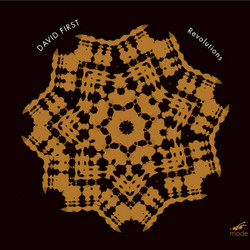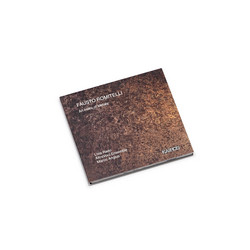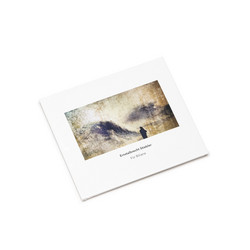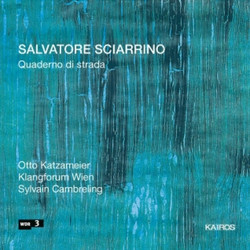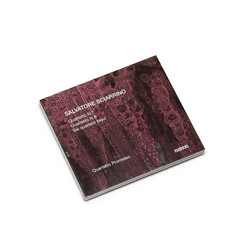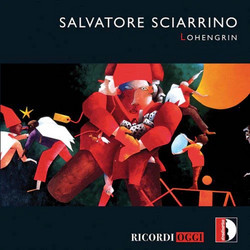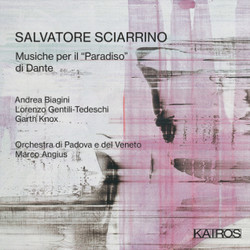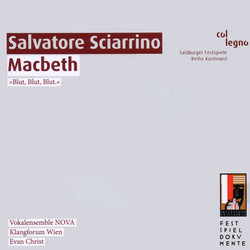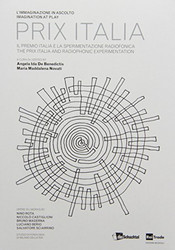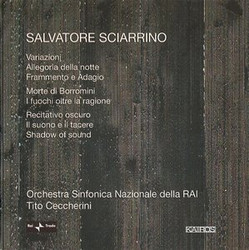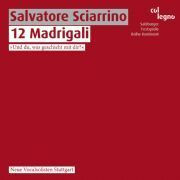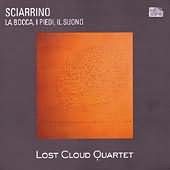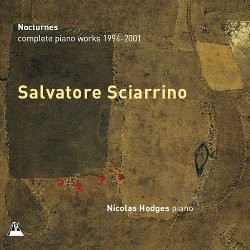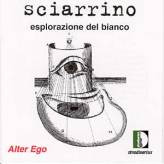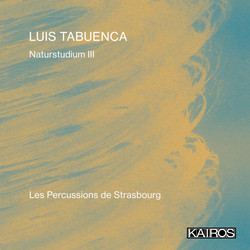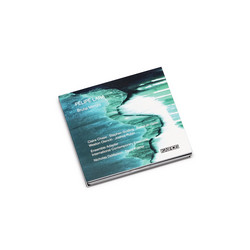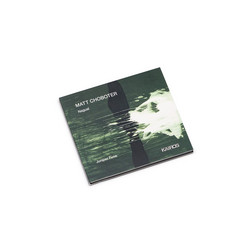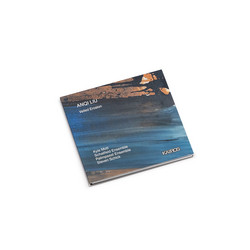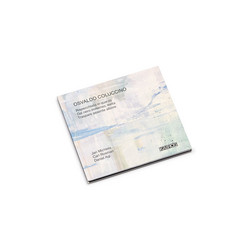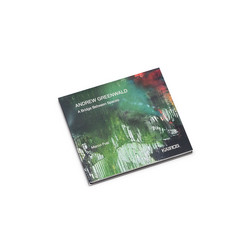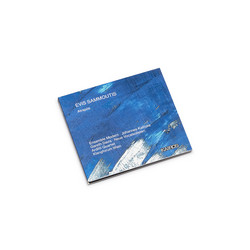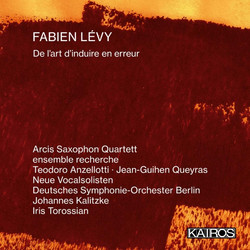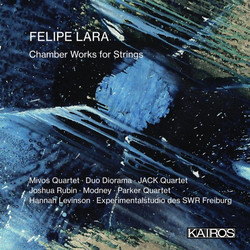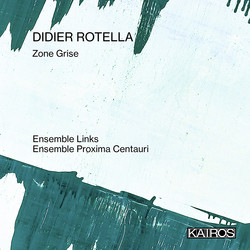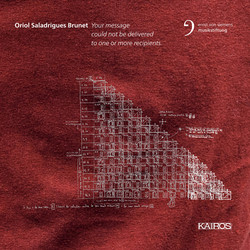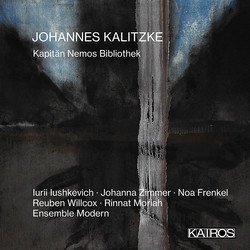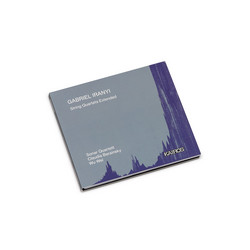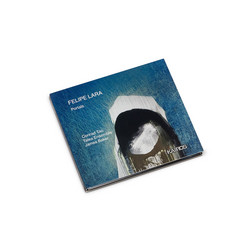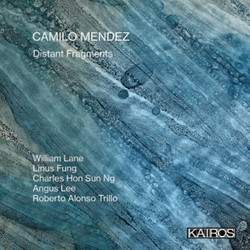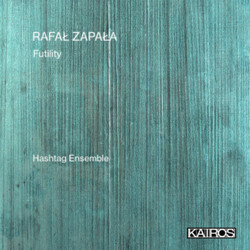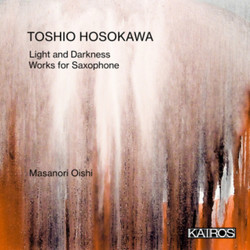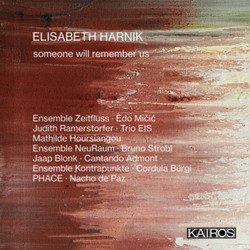** In process of stocking ** Salvatore Sciarrino, speaking of his own art, refers to fascinating encounters and movements in Sicilian civilisation, recollections of cultures, layered one upon the other over the centuries in the land of Empedocles. His music is molten lava and basalt, music so taut and eminently dramatic, with incipient violence, yet the volcanic eruption perceived from a distance seems muffled. The music casts light, if not on absence, at least on the creation of a remote universe, offering itself in a mitigated form, veiling sound, reducing sound, conjuring up lacunae – such are his demands. Each score marks out a space for subtle bodies, willingly featuring magic, as in Come vengono prodotti gli incantesimi? (1985) celebrating a magic flute of yesteryear. Many instrumental modes stand as evidence of this, rustling on the edge of sensory perception, verging on silence: shades of breath, inhaling and exhaling, and harmonics, ethereal trills, tongue clicks, playing on dental surfaces, varying distances. Salvatore Sciarrino is first a musician of vanity, of a genre with intense allegorical force which, particularly in and ever since the 17th century, has suggested the passing of time and ephemeral obsolescence. Such is vanity, with the Latin root denoting emptiness, minima, vain appearance, deceit, fabulous lightness and frivolity.
Salvatore Sciarrino’s compositions for flute feature an abundance of unusual sounds inventively developed by Giancarlo Graverini, Roberto Fabbriciani, Mario Caroli, and now by his preferred instrumentalist, Matteo Cesari. The sounds are not the result of abstract technique where the syntax might come from the outside to impose life, but are an intrinsic part of the structure where they are deployed, and which, to a great extent, they help shape. Composing means giving them their full and only legitimacy. “Structure and the event of sound are born from the same demands; they develop or tend towards a shared perspective, towards a new image. It is not a matter of choosing sounds of varying degrees of appropriateness, of interior decoration, but of ‘constructing new universes from new sounds’.”
The first of the works for flute, All’aure in una lontananza (1977), bears a title from a sonnet attributed to the Italian poet Giambattista Marino and said to have been written when he left Naples in 1600. In transmutations effected through alchemy, these being the metaphor for the path leading to human wisdom, the temperature must remain low but steady, and must last the time needed to produce the philosopher’s stone. Similarly, sound may change, and under these conditions may come to life, as an organism or a genuine presence, albeit low in intensity. Then, once the passions are eliminated, once the lowest most flagrant and base layers of individual identity are purged, it may be able to combine with other sounds and achieve unity of a higher order.” Music, through tiny nuances able to distinguish levels forming contrast in relief, will feed the yearning for a distant goal, and when instruments do not attack, will have sound with no boundaries, from elsewhere, as in Quasi un’apparizione, from a distance, a distance expressed by the Italian word lontananza. Salvatore Sciarrino is a musician not so much of empty spaces or deserted spaces, but rather of distancing. And his incisive irony is both subtle contact and detachment, detachment which, if alone, would be tantamount to chilling exclusion. Thus the horizon, epitomising distance, waiting and farewells, is often the composer’s obsession, focusing the gaze to the point of blinding; the horizon is continually moving with us, however far we may go. Distance here is not mathematical, geometrical, physical or even immediately biological; it is a primeval phenomenon. Each and every one of us has a direction in the world, is clearly at the centre of the landscape, there, in self-confrontation, yet facing the horizon, forever seeking to reach it, moving ahead towards the unknown, step by step. But the line of the horizon, suspended in the distance, is moving, gradually, and has started shaking. Salvatore Sciarrino has clearly abolished – and radically so – the traditional melodic concept of the flute, giving it thickness and other dimensions through dynamics, timbre and range. This can first be heard in All’aure in una lontananza, and continues through to Immagine fenicia (2000) and Lettera degli antipodi portata dal vento (2000). The construction is magnified even further through breath.
The work’s relationship with time is the body’s relationship with time, the tempo of the performer’s body, breathing. Hermes (1984) stands as an example; the work deploys the harmonics of a single sound. “These are sounds found on the horizon of the senses, sounds from the purgatory of the womb, extended by silence from ancient times through memory collapsing. They fluctuate, and you are in the centre, then an untouched space beats in the dark. Here is the impenetrable white city of Hades: before plunging into the heart of my work, before measuring the wall around it, first run out of breath at a gate, there where there are no gates, yet they are there before us.” The experience of listening arises from a dialogue between breath and sounds: breathing in, breathing out, and also the song of the instrument. At the beginning of L’orizzonte luminoso di Aton (1989), breathing is interrupted by dyads bursting forth from nowhere. Confrontation turns to exasperation when the arpeggios produced by modulations of coughs intermingle with melismata exhaled. Such sounds become evanescent, little more than “sound shadows” for the final harmonic tremolos. - Laurent Feneyrou









